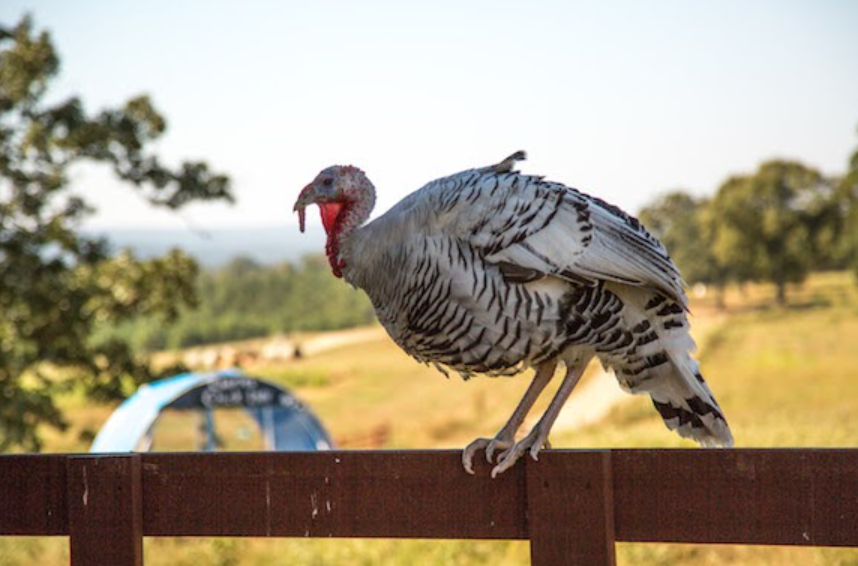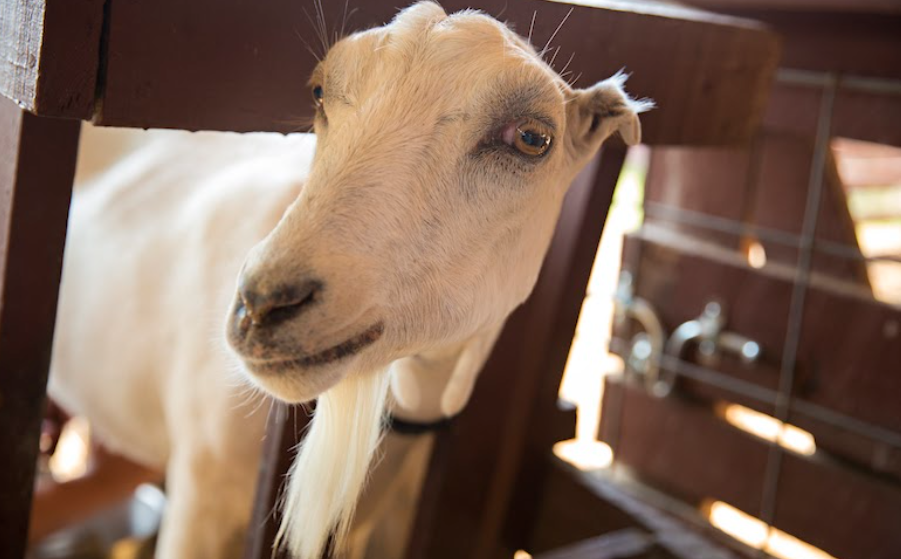



Get the flock out: How farmers save livestock from natural disasters
Article taken from Heifer International; read more and or support their causes at Heifer.org

In This Article
It's hurricane season and everyone needs an evacuation plan, even farmers.
Prepping livestock for natural disasters requires lots of planning.
Good samaritans have been busy rescuing dogs, cats and livestock from Hurricane Florence floodwaters.
After an arduous swim for his life, Red the cow is going to be just fine.
Have you heard about Tony Alsup, a truck driver who bought an old school bus, ripped out the seats and drove to the South Carolina coast to rescue shelter dogs and cats in the path of Hurricane Florence? It was a daring last-minute feat that delivered 64 animals to safety.
And it got us thinking. Most of us have emergency plans for what to do when hurricanes, tornadoes or flooding come our way. Those plans usually include pets. But what do livestock farmers do in the face of natural disasters?

That’s a question for Donna Kilpatrick, a farmer engagement manager at the Heifer Ranch in Perryville, Arkansas. The Ranch is a 12,000-acre sustainable farm that’s home to pigs, goats, sheep, horses and chickens. When dangerously bad weather threatens, Kilpatrick goes through a five-point checklist.
Cattle is moved to higher ground to make sure they’re safe from flooding.
Sheep go to barns or other shelters. It’s important to keep sheep as dry as possible because standing in wet soil for long periods of time can cause hoof problems for them.
The farmers make sure pigs all have access to pig hutches, which are like dog houses except for swine. They also provide hay, which the pigs use to make themselves cozy nests insulated from the wet ground.
Chickens at the Ranch spend their time in prairie schooners, which are large mobile cages that are moved regularly to keep the birds on fresh grass. The schooners get anchored down so they can’t fly away in high wind, and the chickens get bales of hay so they can get themselves up off the wet, cold ground.
The vegetables need protection, too. Anything that can possibly be harvested before big storms is collected. Farmers dig trenches around the gardens to funnel water away.

Of course, farmers on the East Coast who took similar measures to these still found themselves and their animals in trouble. Livestock is not nearly as easy to evacuate as dogs and cats, so farmers often have no choice but to leave them behind. Latest reports show that 3.4 million chickens and 5,500 pigs in North Carolina didn’t survive Florence and her aftermath. Other animals made it through with human help. The North Carolina Department of Agriculture stepped in to help evacuate horses stranded in flood water, and countless good Samaritans poured in with boats, bulldozers and trucks to stage animal rescues. One animal, Red the beef cow, was drowning in flood water before he was tied to a boat and towed to safety. A beef cow no longer, Red will live out his days with rescuer Mike Stura at the Skylands Animal Sanctuary and Rescue in Wantage, New Jersey.
You can support Heifer International by donating here.









